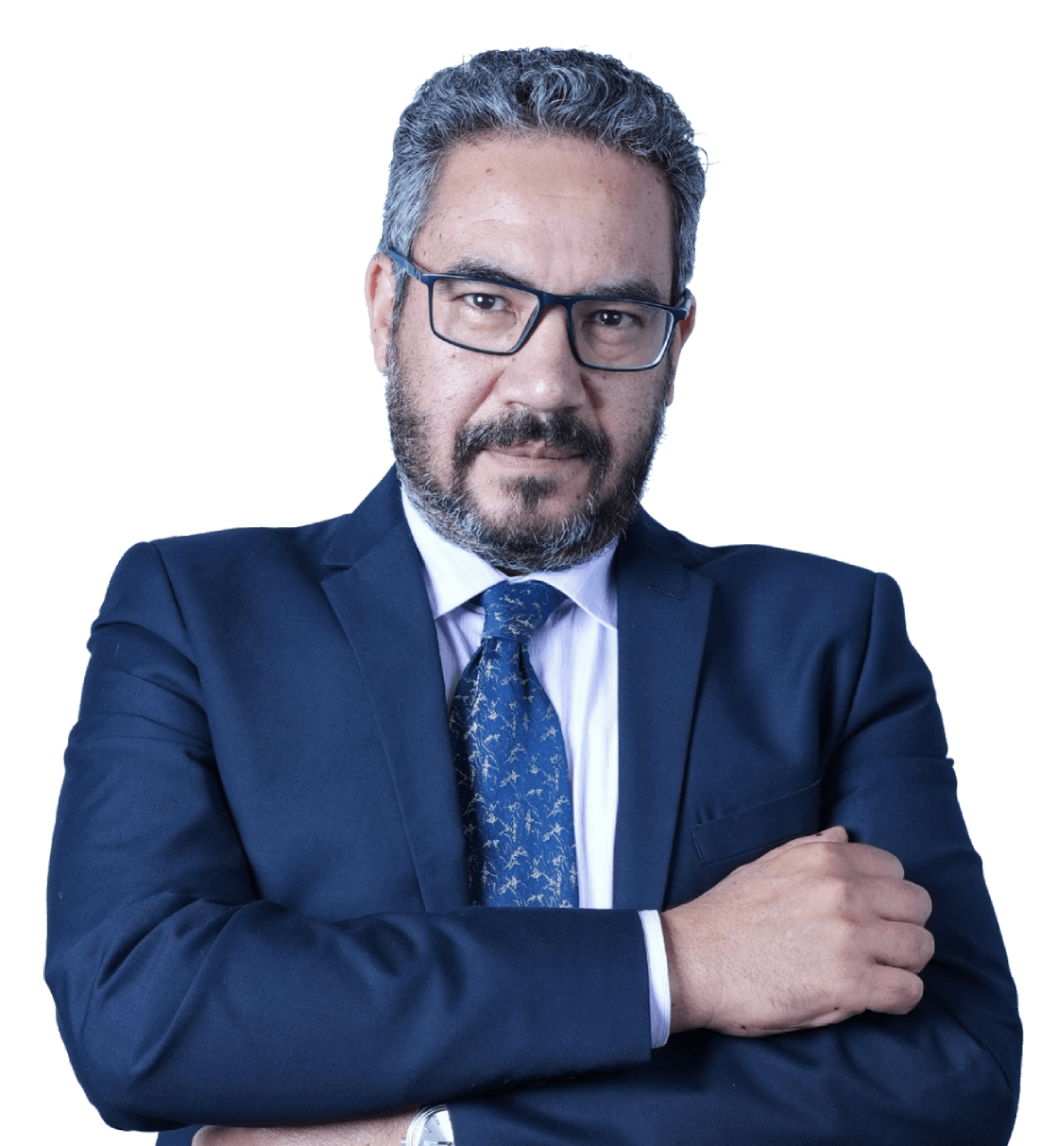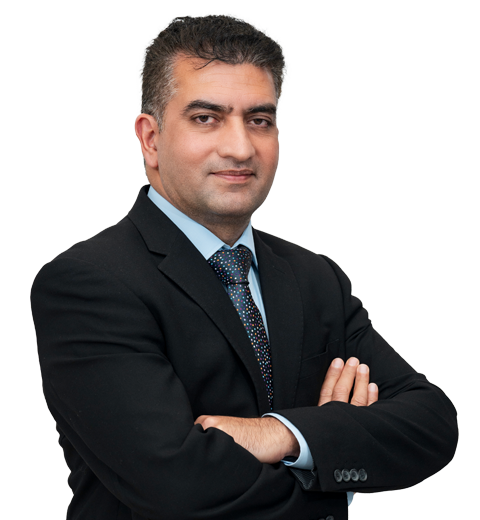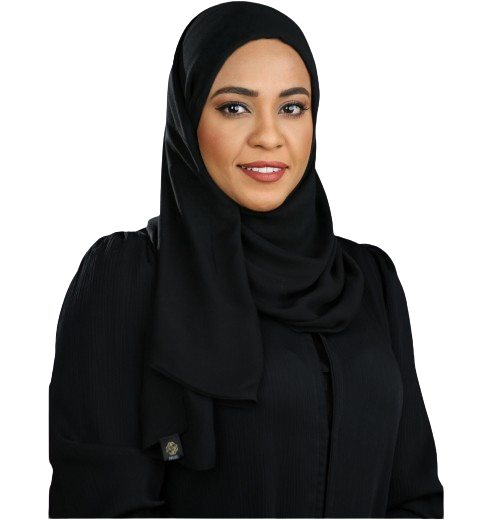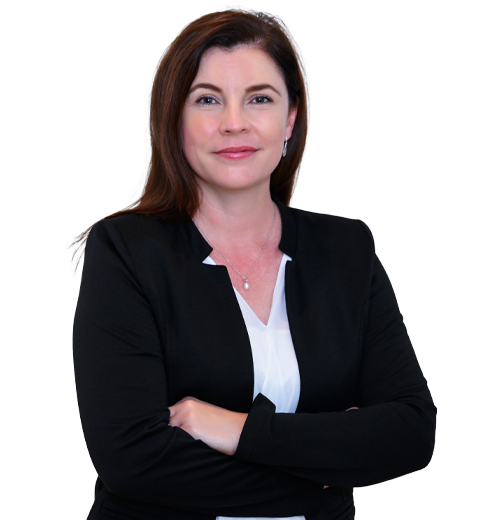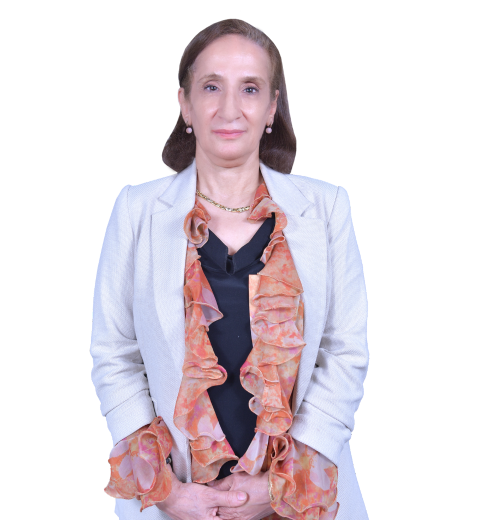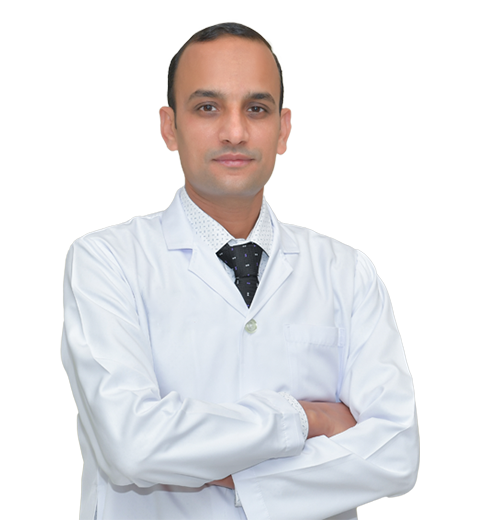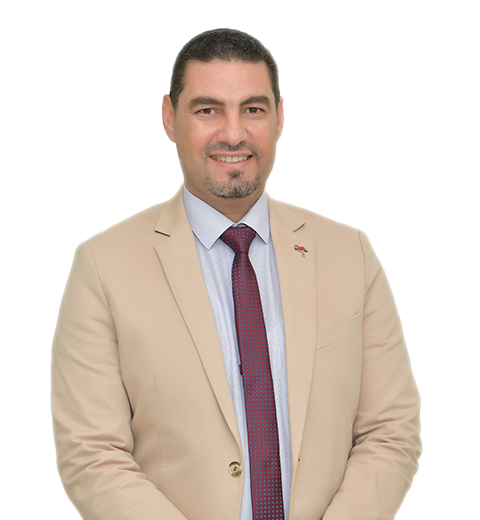What is Atrial Septal Defect (ASD)
Atrial Septal Defect (ASD) is a congenital heart defect with a hole between the heart’s upper two chambers. These upper chambers are called atria. A Secundum ASD is a defect or hole in the central part of the atria. The effect of a secundum ASD on a patient and its treatment will depend on the size of the defect. Occasionally, other heart defects are also present when a patient has a secundum ASD.
Other types of atrial septal defects include:
- Primum ASD
- Sinus venosus ASD
Symptoms of Atrial Septal Defects
Most children and babies with secundum ASD have no symptoms. Usually, ASD is only found when a doctor or nurse hears a murmur at a routine check-up. A heart murmur is extra sound healthcare professionals hear when listening to the heart.
If the secundum ASD is significant, signs or symptoms might include:
- Heart Murmur
- Growth Issues
- Fast Breathing
- Frequent Chest infections
If left untreated, medium or large secundum ASDs can cause problems later in life:
- Abnormal Heartbeat
- Effort intolerance with exercise or even daily activities
- Trouble Breathing
- Blue-toned Skin
Secundum ASD Treatment
A small secundum ASD may close without intervention around 2 to 5 years old. The child will remain under review by their pediatric cardiologist during this time. If symptomatic, surgical closure will be considered if the defect is too large or the child is too small for transcatheter closure.
Transcatheter Closure
A thin tube is placed into the blood vessel in the leg. With the help of X-rays and Ultrasound equipment, the thin line is moved through the blood vessel to the heart. When the tube gets to the heart, a tube is used to put a small device that closes the hole.
Surgery
If a secundum ASD is too large for transcatheter closure or the patient symptomatic and too small to undergo transcatheter closure, open-heart surgery is done to close the secundum ASD.



